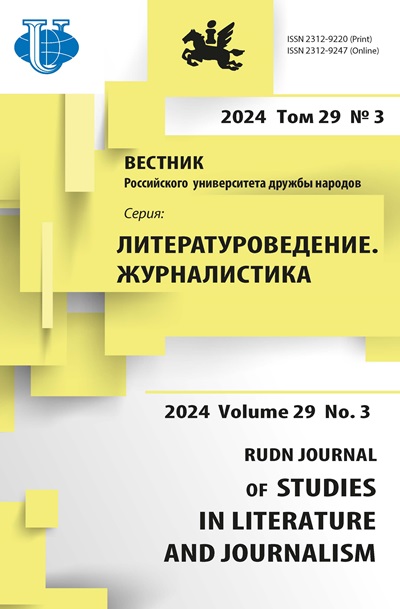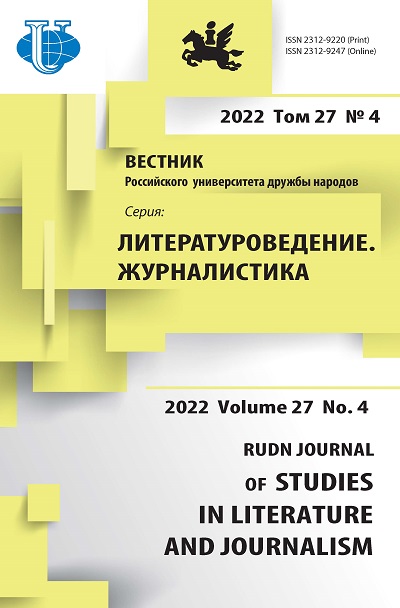Aerobatics in advertising: paradigms and paradoxes. Book review: Intartaglia, J. (2019). La pub qui cartonne! Les dessous des techniques publicitaires qui font vendre. De Boeck Superieur
- Authors: Shilina M.G.1,2
-
Affiliations:
- Plekhanov Russian University of Economics
- Lomonosov Moscow State University
- Issue: Vol 27, No 4 (2022)
- Pages: 845-849
- Section: BOOK REVIEWS
- URL: https://journals.rudn.ru/literary-criticism/article/view/33295
- DOI: https://doi.org/10.22363/2312-9220-2022-27-4-845-849
Cite item
Full Text
Abstract
In 2022, the new reality provokes an obvious bifurcation point for advertising: the collapse of old and the creation of new advertising alliances and agencies, fresh legislative initiatives in the field of online advertising are leading to a radical reconfiguration of the industrial landscape and professional competencies. At the same time, constant transformations exacerbate interest in the basic problems of advertising at the level of concepts and models. For the first time, the author solves (as a professional and researcher) a significant problem of interaction between a brand, a consumer and an advertising creator. The presented analysis of theory and practice seems to be the most accurate and convincing not only from the point of view of advertising technologies, but of social psychology, neuropsychology, cognitive science. It is quite natural, since Professor Intartaglia is one of the leading European researchers in the field of neurocommunication. The book is of undoubted interest for both theorists and practitioners of communication and advertising.
About the authors
Marina G. Shilina
Plekhanov Russian University of Economics; Lomonosov Moscow State University
Author for correspondence.
Email: marina.shilina@gmail.com
ORCID iD: 0000-0002-9608-352X
Doctor of Philology, Professor
36 Stremyannyi Pereulok, Moscow, 115093, Russian Federation; 9 Mokhovaya St, Moscow, 125009, Russian FederationReferences
- Ebert, Ph., & Freibichler, W. (2017). Nudge management: Applying behavioural science to increase knowledge worker productivity. Journal of Organization Design, 6(4), 4-18. http://doi.org/10.1186/s41469-017-0014-1
- Intartaglia, J. (2022). Neuro-communication: Le cerveau sous influence. De Boeck Superieur.
- Kahneman, D. (2011). Thinking, fast and slow. Farrar, Straus and Giroux.
- Pisarsky, I.V. (2021). Nudging as an instrument of loyalty to an increased pandemic. In A.D. Krivonosov (Ed.), Russian PR: Trends and Drivers: Collection of Scientific Papers (issue 13, pp. 96-102). St. Petersburg: St. Petersburg State University of Economics.
- Shilina, M., & Fedyunin, D. (2020). Understanding advertising in modern Russia: Role, functions, and problems. In S. Davydov (Ed.), Strategic Communication in Russia. Routlege.
- Thaler, R. (1980). Toward a positive theory of consumer choice. Journal of Economic Behavior & Organization, 1(1), 39-60.
- Tversky, A., & Kahneman, D. (1992). Advances in prospect theory: Cumulative representation of uncertainty. Journal of Risk and Uncertainty, (5), 297-232.
















